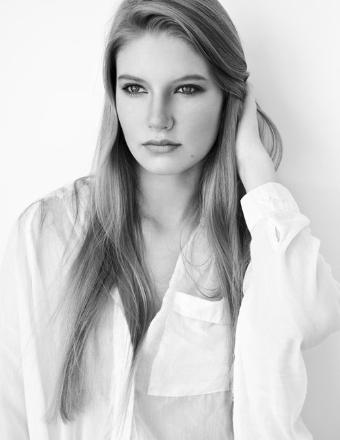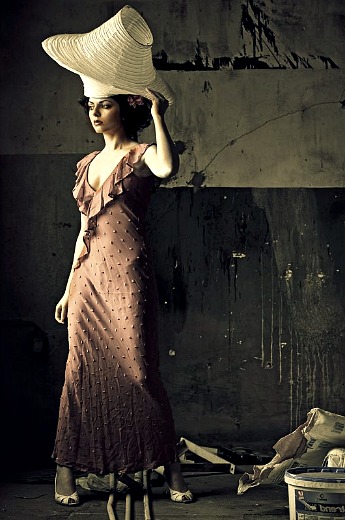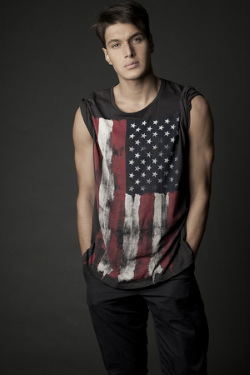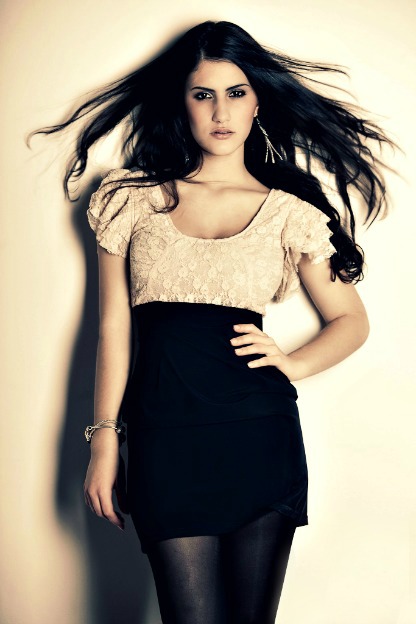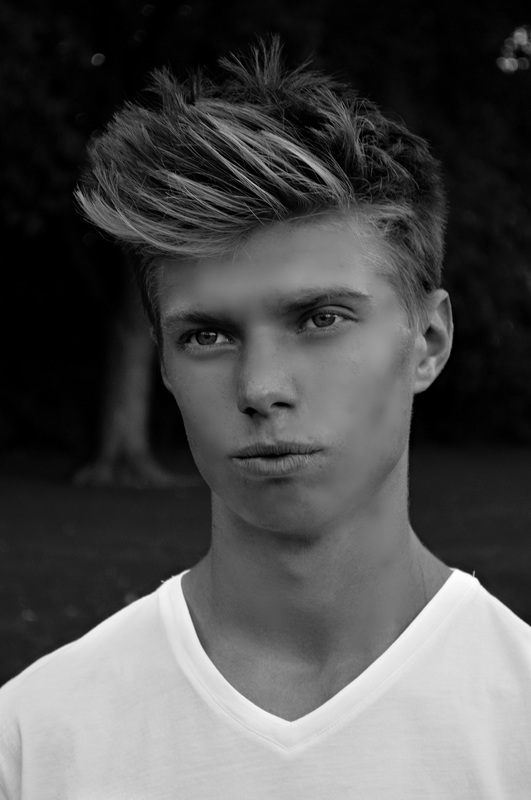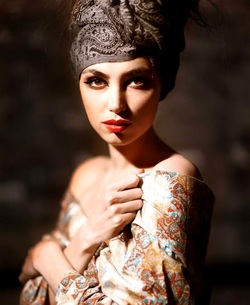
By Katherine Amber
Fashion Contributor
I love Doha, Qatar. A few friends recommended it to me but I had no idea how truly welcoming and wonderful this city would be. My preconceptions about Doha-- that it was unwelcoming, prone to religious extremism, third world, hectic and unsophisticated -- were proven wrong on most counts. And on the fashion front, I have observed Doha as an interesting blending of western wear and headscarves.
My boyfriend and I have been in Qatar for a week and I have become charmed by the diversity of headscarves we've seen. I've been engaging in great conversations about what they represent and interviewing many locals on the subject -- including our tour guide, a woman I met on the tram, a white American expat who has lived here for 30 years, and my traveling companions.
This is what I have distilled: Not all headscarves are what they appear to be. They are both more and less than you would expect.
Our tour guide says her mom wears hers only when cooking and cleaning and that is out of habit. She was raised wearing one and so she continues. Her sister does not wear one and it is of no issue. According to her, the link from headscarf to religion is a not an often obvious line.
An international academic, another well-traveled friend, piped in on the topic, saying they are a sign of oppression and her hope is that one day no woman will feel compelled to wear one.
The local Qatari woman on the tram said headscarves are becoming quite the status symbol, and you will see jeweled and colorful designer scarves thoughtfully coordinated and completing outfits.
Our expat friend commented that today, headscarves are highly correlated with fashion here in Istanbul. Times are changing, this is a fast paced city and women's fashions are the barometer of the westernization of this culture.
My tour guide mentioned randomly, "We in Doha love everything Western."
On the extreme end of headscarves, at breakfast I observed a woman in a full burqa, with only the slits of her eyes exposed. She had a lovely designer pocketbook, red sneakers and a full plate of food. Curious as to how she would eat with her thick black cloth covering her from nose to ground, I was surprised when a napkin size square of black cloth was seamlessly shifted away from her chin as she slipped her toast and egg skillfully into her mouth and instantly dropped the draping. It happened so fast that if I had blinked, I surely would have missed it.
These days, when we see headscarves in fashion, there may be some confusion to us Westerners, particularly white people, as to what they "mean." For some, they represent oppression. To others, a choice and the freedom to choose one's own path.
Fashion Contributor
I love Doha, Qatar. A few friends recommended it to me but I had no idea how truly welcoming and wonderful this city would be. My preconceptions about Doha-- that it was unwelcoming, prone to religious extremism, third world, hectic and unsophisticated -- were proven wrong on most counts. And on the fashion front, I have observed Doha as an interesting blending of western wear and headscarves.
My boyfriend and I have been in Qatar for a week and I have become charmed by the diversity of headscarves we've seen. I've been engaging in great conversations about what they represent and interviewing many locals on the subject -- including our tour guide, a woman I met on the tram, a white American expat who has lived here for 30 years, and my traveling companions.
This is what I have distilled: Not all headscarves are what they appear to be. They are both more and less than you would expect.
Our tour guide says her mom wears hers only when cooking and cleaning and that is out of habit. She was raised wearing one and so she continues. Her sister does not wear one and it is of no issue. According to her, the link from headscarf to religion is a not an often obvious line.
An international academic, another well-traveled friend, piped in on the topic, saying they are a sign of oppression and her hope is that one day no woman will feel compelled to wear one.
The local Qatari woman on the tram said headscarves are becoming quite the status symbol, and you will see jeweled and colorful designer scarves thoughtfully coordinated and completing outfits.
Our expat friend commented that today, headscarves are highly correlated with fashion here in Istanbul. Times are changing, this is a fast paced city and women's fashions are the barometer of the westernization of this culture.
My tour guide mentioned randomly, "We in Doha love everything Western."
On the extreme end of headscarves, at breakfast I observed a woman in a full burqa, with only the slits of her eyes exposed. She had a lovely designer pocketbook, red sneakers and a full plate of food. Curious as to how she would eat with her thick black cloth covering her from nose to ground, I was surprised when a napkin size square of black cloth was seamlessly shifted away from her chin as she slipped her toast and egg skillfully into her mouth and instantly dropped the draping. It happened so fast that if I had blinked, I surely would have missed it.
These days, when we see headscarves in fashion, there may be some confusion to us Westerners, particularly white people, as to what they "mean." For some, they represent oppression. To others, a choice and the freedom to choose one's own path.
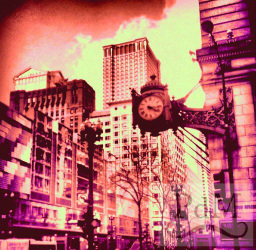
 RSS Feed
RSS Feed
